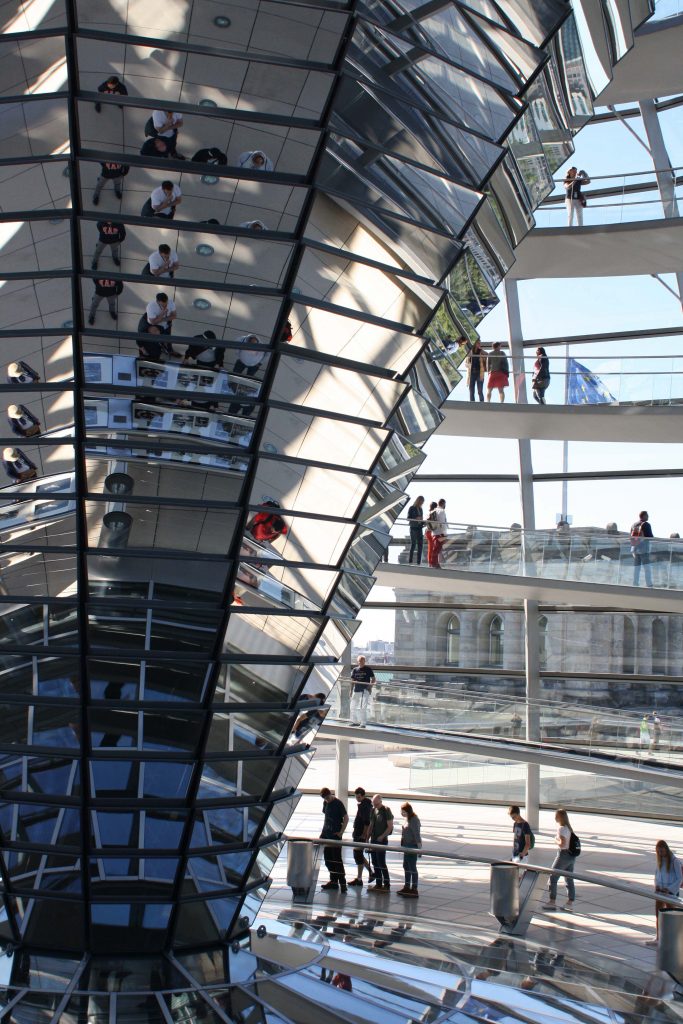Neuro-optometry aims to address functional disruptions resulting from damaged communication from the eye to the brain usually from acquired brain injury (ABI) including trauma, stroke, tumors, and concussions. These patients may have one or multiple symptoms affecting vision, balance, mobility, and ability to complete daily activities.
Functional Vision problems following an ABI
- Loss of visual fields
- Poor coordination, clumsiness or dizziness
- Headaches, especially after eye use
- Light sensitivity or trouble distinguishing contrast
- Decreased attention span or reduced concentration
- Difficulty walking, maintaining balance, bumping into things or judging depth perception
- Discomfort when reading or viewing a computer screen
The Neuro-optometric Evaluation
- Comprehensive evaluations of sensory motor, visual field, eye focusing, eye teaming, and eye control or oculomotor function
- Visual processing evaluations.
- Ocular health examination
- Special testing, such as visually evoked potential testing
- Vision Rehabilitation options
- Coordination of care with other health care professionals and rehabilitation specialists, such as occupational, physical and speech therapist
Distorted Visual Perception Becomes Reality
The glass cupola of the Reichstag (Berlin, Germany) is composed of a series of a large glass dome with a seemingly suspended inverted cone of mirrors in the middle of the open which reflects natural light and illuminates the parliament chamber below. You can feel pretty disoriented if you focus hard enough on a single area of the bending mirrors as you circle around the structure. The images create plenty of spatial distortion making the viewer look as though they are seeing themselves through funhouse mirrors. Due to the number and arrangement of the sets of mirrors, people can appear to be right next to you in the reflection although they might be standing a few feet away.
A similar feeling of distortion in visual reality can also result from a brain injury due to a significant part of the brain being dedicated to visual processing. Many patients and even health professionals may not associate balance difficulties with vision. A change in eye alignment, or strabismus, can alter a person’s idea of what “straight ahead” really is. Vision rehabilitation therapy aim to increase the efficiency and stamina of the visual system to better handle the challenges of a visual-spatial world. Vision’s greatest role is to aid self-orientation through interactions between egocentric (or one’s internal representation of the world) and external reality over space and time.
Come check out another great resource about brain injury and vision on Neuro-Optometric Rehabilitation Association (NORA)’s updated website at www.noravisionrehab.com

